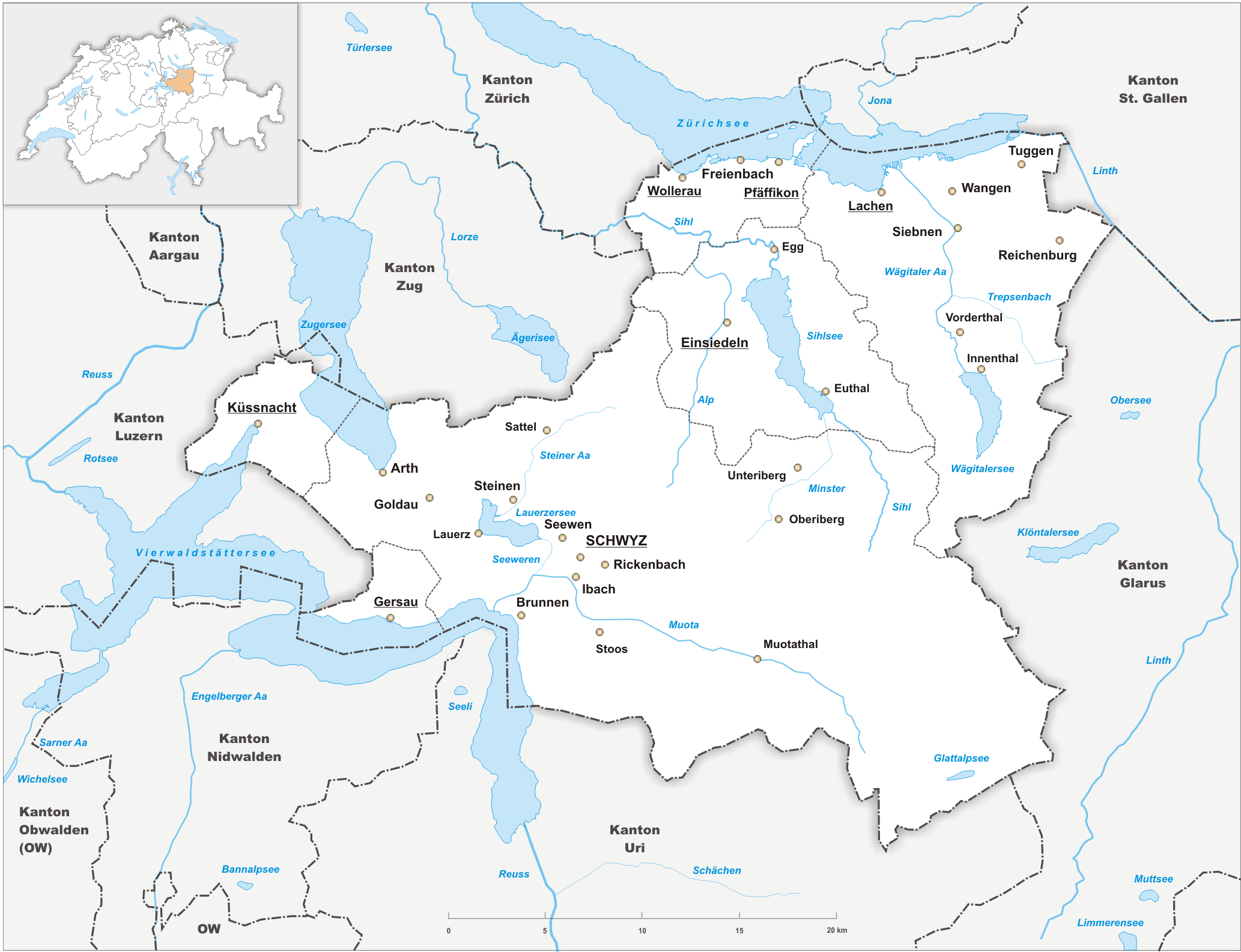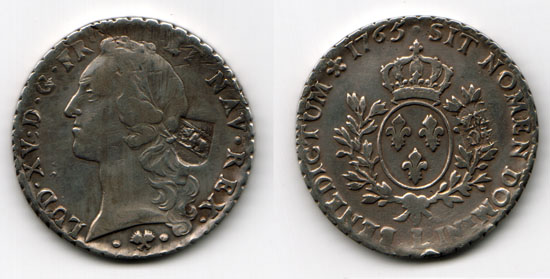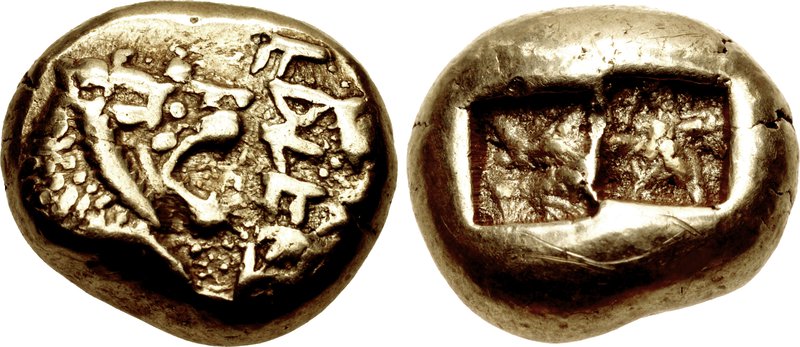|
Schwyz Frank
The Frank was the currency of the Swiss canton of Schwyz between 1798 and 1850. It was subdivided into 10 ''Batzen'', each of 10 ''Rappen'' (also spelled ''Rapen'') or 20 ''Angster''. It was worth th the French silver ''écu'' or 6.67 g fine silver. History The Frank was the currency of the Helvetian Republic from 1798, replacing the Gulden ''Gulden'' is the historical German and Dutch term for gold coin (from Middle High German "golden penny" and Middle Dutch " golden florin"), equivalent to the English term guilder. Gulden, Gülden, Guldens or Gulden's may also refer to: Coins o ... in Schwyz. The Helvetian Republic ceased issuing coins in 1803. Schwyz issued coins between 1810 and 1846. In 1850, the Swiss franc was introduced, with 1 Schwyz Frank = 1.4597 Swiss francs. Coins Copper coins were issued in denominations of 1 Angster and 1 Rappen, with billon coins for 2 Rappen, and 2 Batzen, and silver 4 Batzen. References * External links Modern obsolete currenc ... [...More Info...] [...Related Items...] OR: [Wikipedia] [Google] [Baidu] |
Currency
A currency, "in circulation", from la, currens, -entis, literally meaning "running" or "traversing" is a standardization of money in any form, in use or circulation as a medium of exchange, for example banknotes and coins. A more general definition is that a currency is a ''system of money'' in common use within a specific environment over time, especially for people in a nation state. Under this definition, the British Pound Sterling (£), euros (€), Japanese yen (¥), and U.S. dollars (US$)) are examples of (government-issued) fiat currencies. Currencies may act as stores of value and be traded between nations in foreign exchange markets, which determine the relative values of the different currencies. Currencies in this sense are either chosen by users or decreed by governments, and each type has limited boundaries of acceptance - i.e. legal tender laws may require a particular unit of account for payments to government agencies. Other definitions of the term " ... [...More Info...] [...Related Items...] OR: [Wikipedia] [Google] [Baidu] |
Switzerland
; rm, citad federala, links=no). Swiss law does not designate a ''capital'' as such, but the federal parliament and government are installed in Bern, while other federal institutions, such as the federal courts, are in other cities (Bellinzona, Lausanne, Lucerne, Neuchâtel, St. Gallen a.o.). , coordinates = , largest_city = Zurich , official_languages = , englishmotto = "One for all, all for one" , religion_year = 2022 , religion_ref = , religion = , demonym = , german: link=no, Schweizer/Schweizerin, french: link=no, Suisse/Suissesse, it, svizzero/svizzera or , rm, Svizzer/Svizra , government_type = Federal assembly-independent directorial republic , leader_title1 = Federal Council , leader_name1 = , leader_title2 = , leader_name2 = Viktor Rossi , legislature = Federal Assembly , upper_house = Counci ... [...More Info...] [...Related Items...] OR: [Wikipedia] [Google] [Baidu] |
Cantons Of Switzerland
The 26 cantons of Switzerland (german: Kanton; french: canton ; it, cantone; Sursilvan and Surmiran: ; Vallader and Puter: ; Sutsilvan: ; Rumantsch Grischun: ) are the member states of the Swiss Confederation. The nucleus of the Swiss Confederacy in the form of the first three confederate allies used to be referred to as the . Two important periods in the development of the Old Swiss Confederacy are summarized by the terms ('Eight Cantons'; from 1353–1481) and ('Thirteen Cantons', from 1513–1798).rendered "the 'confederacy of eight'" and "the 'Thirteen-Canton Confederation'", respectively, in: Each canton of the Old Swiss Confederacy, formerly also ('lieu/locality', from before 1450), or ('estate', from ), was a fully sovereign state with its own border controls, army, and currency from at least the Treaty of Westphalia (1648) until the establishment of the Swiss federal state in 1848, with a brief period of centralised government during the Helvetic Republic ... [...More Info...] [...Related Items...] OR: [Wikipedia] [Google] [Baidu] |
Canton Of Schwyz
The canton of Schwyz (german: Kanton Schwyz rm, Chantun Sviz; french: Canton de Schwytz; it, Canton Svitto) is a canton in central Switzerland between the Alps in the south, Lake Lucerne to the west and Lake Zürich in the north, centred on and named after the town of Schwyz. It is one of the founding cantons of Switzerland; Switzerland's name is derived from the name of the canton, and the flag of Switzerland from its coat of arms. For the history of the name, see Schwyz. The Swiss Federal Charter is on display in Schwyz. Northeast of the town of Schwyz is Einsiedeln Abbey. History Prehistory to the Roman era The earliest traces of humans in Schwyz are from the Upper Paleolithic and Early Mesolithic, or about 12,500 BC. An excavation of the karst caves in the valley of the Muota river (''Muotatal'') revealed numerous sites, some dating to the Younger Dryas period (c. 10,000 BC). The alpine meadows at Bödmeren, Twärenen and Silberen were Stone Age hunter-gather ... [...More Info...] [...Related Items...] OR: [Wikipedia] [Google] [Baidu] |
Écu
The term ''écu'' () may refer to one of several French coins. The first ''écu'' was a gold coin (the ''écu d'or'') minted during the reign of Louis IX of France, in 1266. The value of the ''écu'' varied considerably over time, and silver coins (known as ''écu d'argent'') were also introduced. ''Écu'' (from Latin ''scutum'') means shield, and the coin was so called because its design included the coat of arms of France. The word is related to Catalan '' escut'', Italian '' scudo'' or Portuguese Castilian '' escudo''. In English, the ''écu'' was often referred to as the crown. History Origin When Louis IX took the throne, France still used small silver deniers (abbreviated ''d''.), which had circulated since the time of Charlemagne to the exclusion of larger silver or gold coins. Over the years, French kings had granted numerous nobles and bishops the right to strike coins and their “feudal” coinages competed with the royal coinage. Venice and Florence had alre ... [...More Info...] [...Related Items...] OR: [Wikipedia] [Google] [Baidu] |
Swiss Franc
The Swiss franc is the currency and legal tender of Switzerland and Liechtenstein. It is also legal tender in the Italian exclave of Campione d'Italia which is surrounded by Swiss territory. The Swiss National Bank (SNB) issues banknotes and the federal mint Swissmint issues coins. In its polyglot environment, it is often simply referred as german: Franken, french: franc, it, franco and rm, franc. It is also designated through signes: ''Fr'' Some fonts render the currency sign character "₣" (unicodebr>U+20A3 as ligatured Fr, following the German language convention for the Swiss Franc. However, most fonts render the character as F with a strikethrough on the lower left, which is the unofficial sign of French Franc. (in German language), ''fr.'' (in French, Italian, Romansh languages), as well as in any other language, or internationally as ''CHF'' which stands for ''.'' This acronym also serves as eponymous ISO 4217 code of the currency, CHF being used by banks and f ... [...More Info...] [...Related Items...] OR: [Wikipedia] [Google] [Baidu] |
Helvetian Republic
The Helvetic Republic (, , ) was a sister republic of France that existed between 1798 and 1803, during the French Revolutionary Wars. It was created following the French invasion and the consequent dissolution of the Old Swiss Confederacy, marking the end of the ''ancien régime'' in Switzerland. Throughout its existence, the republic incorporated most of the territory of modern Switzerland, excluding the cantons of Geneva and Neuchâtel and the old Prince-Bishopric of Basel. The Swiss Confederacy, which until then had consisted of self-governing cantons united by a loose military alliance (and ruling over subject territories such as Vaud), was invaded by the French Revolutionary Army and turned into an ally known as the "Helvetic Republic". The interference with localism and traditional liberties was deeply resented, although some modernizing reforms took place. Resistance was strongest in the more traditional Catholic cantons, with armed uprisings breaking out in spring ... [...More Info...] [...Related Items...] OR: [Wikipedia] [Google] [Baidu] |
Schwyz Gulden
The Gulden was the currency of the Swiss canton of Schwyz until 1798. It was subdivided into 40 ''Schilling'', each of 3 ''Rappen'' or 6 ''Angster''. Coins were also issued denominated in ''Groschen''. The French silver écu was equivalent to 2 Gulden. The French écu was also equivalent to 4 Franken of the Helvetic Republic, and afterwards to 4 Schwyz frank The Frank was the currency of the Swiss canton of Schwyz between 1798 and 1850. It was subdivided into 10 ''Batzen'', each of 10 ''Rappen'' (also spelled ''Rapen'') or 20 ''Angster''. It was worth th the French silver ''écu'' or 6.67 g fine silv ...en. Coins In the late 18th century, copper coins were issued for 1 Angster and 1 Rappen, together with billon 1 Rappen and 1 Groschen. Silver coins were issued in denominations of 5 and 10 Schilling, and 1 Gulden. References * External links Modern obsolete currencies Currencies of Switzerland 1798 disestablishments {{Money-unit-stub ... [...More Info...] [...Related Items...] OR: [Wikipedia] [Google] [Baidu] |
Modern Obsolete Currencies
Modern may refer to: History * Modern history ** Early Modern period ** Late Modern period *** 18th century *** 19th century *** 20th century ** Contemporary history * Moderns, a faction of Freemasonry that existed in the 18th century Philosophy and sociology * Modernity, a loosely defined concept delineating a number of societal, economic and ideological features that contrast with "pre-modern" times or societies ** Late modernity Art * Modernism ** Modernist poetry * Modern art, a form of art * Modern dance, a dance form developed in the early 20th century * Modern architecture, a broad movement and period in architectural history * Modern music (other) Geography * Modra, a Slovak city, referred to in the German language as "Modern" Typography * Modern (typeface), a raster font packaged with Windows XP * Another name for the typeface classification known as Didone (typography) * Modern, a generic font family name for fixed-pitch serif and sans serif fonts ... [...More Info...] [...Related Items...] OR: [Wikipedia] [Google] [Baidu] |
Currencies Of Switzerland
A currency, "in circulation", from la, currens, -entis, literally meaning "running" or "traversing" is a standardization of money in any form, in use or circulation as a medium of exchange, for example banknotes and coins. A more general definition is that a currency is a ''system of money'' in common use within a specific environment over time, especially for people in a nation state. Under this definition, the British Pound Sterling (£), euros (€), Japanese yen (¥), and U.S. dollars (US$)) are examples of (government-issued) fiat currencies. Currencies may act as stores of value and be traded between nations in foreign exchange markets, which determine the relative values of the different currencies. Currencies in this sense are either chosen by users or decreed by governments, and each type has limited boundaries of acceptance - i.e. legal tender laws may require a particular unit of account for payments to government agencies. Other definitions of the term "curr ... [...More Info...] [...Related Items...] OR: [Wikipedia] [Google] [Baidu] |
1810s Establishments In Switzerland
Year 181 ( CLXXXI) was a common year starting on Sunday (link will display the full calendar) of the Julian calendar. At the time, it was known as the Year of the Consulship of Aurelius and Burrus (or, less frequently, year 934 ''Ab urbe condita''). The denomination 181 for this year has been used since the early medieval period, when the Anno Domini calendar era became the prevalent method in Europe for naming years. Events By place Roman Empire * Imperator Lucius Aurelius Commodus and Lucius Antistius Burrus become Roman Consuls. * The Antonine Wall is overrun by the Picts in Britannia (approximate date). Oceania * The volcano associated with Lake Taupō in New Zealand erupts, one of the largest on Earth in the last 5,000 years. The effects of this eruption are seen as far away as Rome and China. Births * April 2 – Xian of Han, Chinese emperor (d. 234) * Zhuge Liang, Chinese chancellor and regent (d. 234) Deaths * Aelius Aristides, Greek orator and w ... [...More Info...] [...Related Items...] OR: [Wikipedia] [Google] [Baidu] |
1850 Disestablishments In Switzerland
Year 185 ( CLXXXV) was a common year starting on Friday (link will display the full calendar) of the Julian calendar. At the time, it was known as the Year of the Consulship of Lascivius and Atilius (or, less frequently, year 938 ''Ab urbe condita''). The denomination 185 for this year has been used since the early medieval period, when the Anno Domini calendar era became the prevalent method in Europe for naming years. Events By place Roman Empire * Nobles of Britain demand that Emperor Commodus rescind all power given to Tigidius Perennis, who is eventually executed. * Publius Helvius Pertinax is made governor of Britain and quells a mutiny of the British Roman legions who wanted him to become emperor. The disgruntled usurpers go on to attempt to assassinate the governor. * Tigidius Perennis, his family and many others are executed for conspiring against Commodus. * Commodus drains Rome's treasury to put on gladiatorial spectacles and confiscates property t ... [...More Info...] [...Related Items...] OR: [Wikipedia] [Google] [Baidu] |



.jpg)


